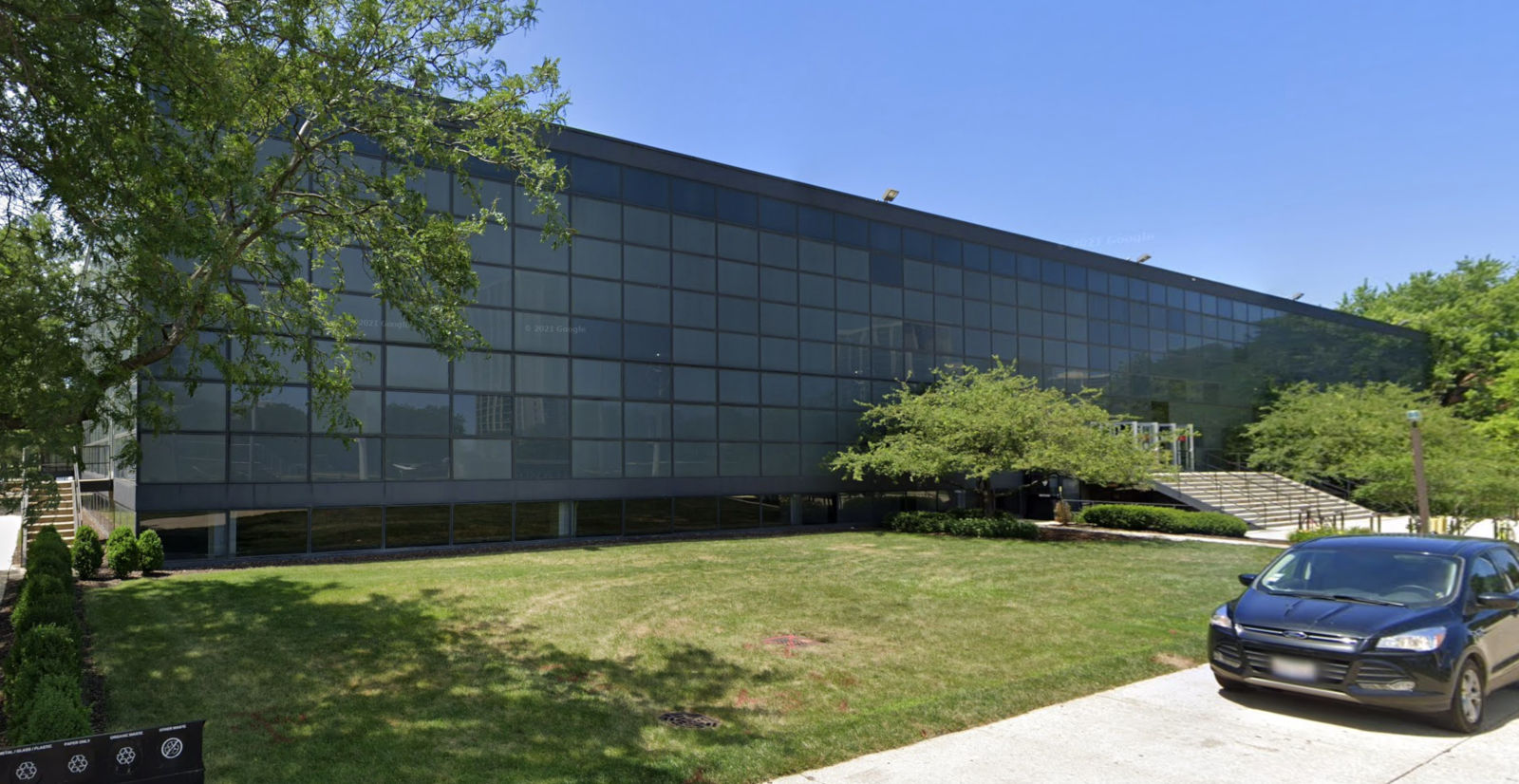Keating Hall
🚨
Chicago Building ID: 256434

Attribution:
© Google 2023
Image Source
. Cropped from original.
Building Info
- Square Footage
- 53,163 sqft1/6 the medianMedian benchmarked building*:296,415 sqft
- Built
- 1967
- Primary Property Type
- College/University
- Community Area
- Douglas
-
Chicago Energy Rating
- 2.0 / 4
- Owner
Note: Owner manually tagged. Logo used under fair use.
Emissions & Energy Information
- Greenhouse Gas Intensity
- 461.6 kg CO2e / sqft#1 Highest in Chicago 🚨#1 Highest of College/Universities 🚨58x the medianMedian benchmarked building*:8 kg CO2e / sqft
- Total Greenhouse Gas Emissions
- 24,537.5 metric tons CO2 eq.#12 Highest in Chicago 🚩#1 Highest of College/Universities 🚨12x the medianMedian benchmarked building*:2,063 metric tons CO2 eq.
- Source Energy Usage Intensity
- 9,114.8 kBtu / sqft#1 Highest in Chicago 🚨#1 Highest of College/Universities 🚨64x the medianMedian benchmarked building*:143 kBtu / sqft
- Site Energy Usage Intensity
- 8,626.1 kBtu / sqft#1 Highest in Chicago 🚨#1 Highest of College/Universities 🚨105x the medianMedian benchmarked building*:82 kBtu / sqft
- Natural Gas Use
- 456,846,021.9 kBtu#1 Highest in Chicago 🚨#1 Highest of College/Universities 🚨37x the medianMedian benchmarked building*:12,367,856 kBtu
- Electricity Use
- 1,743,931.2 kBtu#9 Lowest 🏆1/5 the medianMedian benchmarked building*:8,755,592 kBtu
* Important Note: Rankings and medians are among included buildings, which are those who reported under the Chicago Energy Benchmarking Ordinance for the year 2020 with emissions greater than 1,000 metric tons.
Data Source:
Chicago Energy Benchmarking Data Covered Buildings
What Should We Do About This?
Practically every building has room to improve with energy efficiency upgrades like insulation, switching to ENERGY STAR rated appliances, and more, but for any buildings with large natural gas use, we recommend one thing: electrify!
In other words,
buildings should look to move all on-site uses of fossil fuels (including
space heating, water heating, and cooking) to electrically powered systems like
industrial grade heat pumps, heat pump water heaters, and induction stoves. With Illinois'
current electric supply, just using the same amount of energy from electricity, rather
than natural gas (aka methane) will dramatically reduce greenhouse gas emissions.
This is because Illinois' grid in 2020 was already 67% carbon-free
(see Illinois - Power | DecarbMyState ).
This has already been done across the country with a variety of buildings, large and
small, like the
Hotel Marcel
.
You can help make this a reality by talking to building owners and letting them know that a building's emissions are important to you, and that you want to see their building become fully electric and stop emitting greenhouse gases. Particularly for buildings you have a financial stake in (like your university, work, condo building, or apartment building) your voice in concert with your fellow building users can have a huge impact.
Additional Resources
See some additional resources on improving energy efficiency and understanding this data: